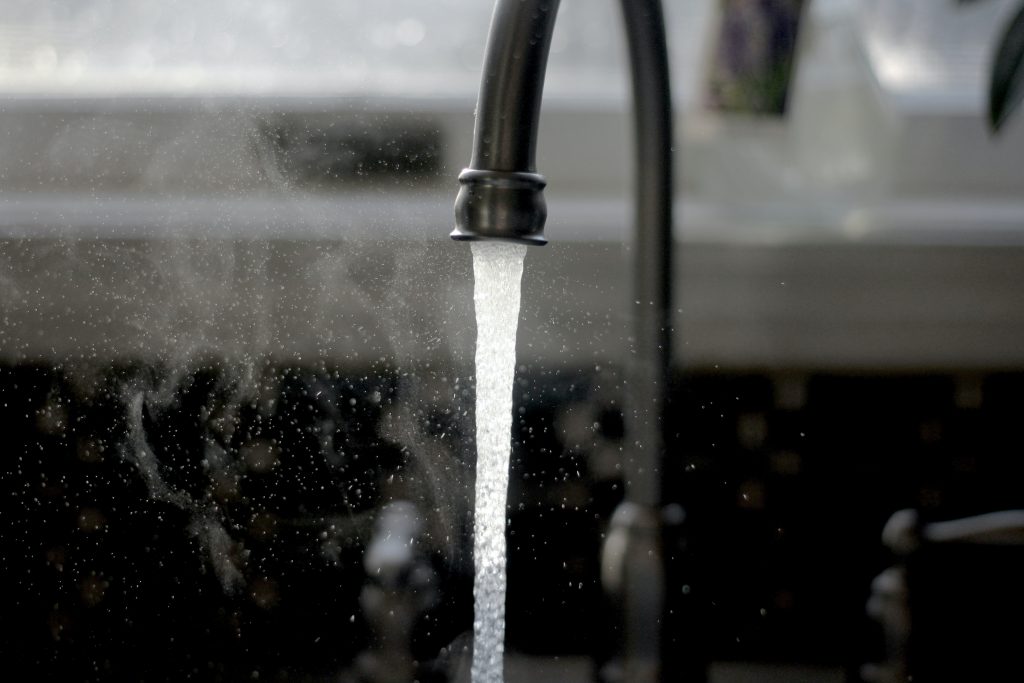Arizona is the fourth driest state in the nation and water needs to be conserved and used efficiently. The hard water climate in Phoenix means that water quality is a constant challenge for the city’s residents. Still, they have made significant strides in maintaining the water quality that is made available.
Wells are the most common drinking water source in Arizona because there are few rivers or lakes for surface-water supply. Wells may be drilled into bedrock or into unconsolidated material that yields groundwater. In either case, many types of common contaminants in water from the outside environment may become mixed into the potable water supply if proper well construction procedures are not followed.
Read on to learn about some common water contaminants in Arizona’s water supply, as well as some ways you can determine if any of these agents has contaminated your well.
Sulfate
Sulfate is one of the most common types of water contaminants and is a naturally occurring element found in soil, rocks, water and air. It is often used commercially to increase the brightness of detergents and bleaches. However, high levels can give water an unpleasant odor or taste and cause corrosion of plumbing fixtures such as hot water heaters.
Iron
The presence of iron can result in rust on fixtures and plumbing pipes if not properly treated. The presence of iron may also result in discoloration of the water, leading to the well being identified as a potentially serious health hazard.
Manganese
Manganese can enter your water supply through several ways, including well drilling equipment, groundwater flow or a variety of natural soil sources such as volcanic ash. Long-term exposure to high levels has been linked to nervous disorders, and black manganese, a special form of the element, is known to cause cancer in animals and humans.
Radon
Radon is a naturally occurring radioactive gas found in the soil. It is known to cause lung cancer. The Arizona Department of Environmental Quality requires that any water system serving over 100 people must test for radon annually. However, wells serving smaller populations may overlook this hazardous contaminant.
Iron Bacteria
These bacteria love to grow on iron and manganese, which means that they may accompany high iron levels in your water supply. A significant presence of these microbes can cause discolored or smelly water if not properly handled and may pose a potential health hazard as well.
Copper
Copper is an essential trace mineral for living organisms and occurs naturally in groundwater supplies throughout the world. The presence of excess copper in water reservoirs may result in discolored water if not handled properly.
Nitrate
Some wells – especially those dug into hard-rock formations or high rainfall areas – may contain high levels of organic contaminants in water, including problematic nitrate levels, even if the well doesn’t contain measurable nitrate levels. Water with nitrate does not pose a danger to health. However, nitrate can combine with certain bacteria to form nitrogen dioxide gas, which can cause various illnesses, including nausea, dizziness, and headaches.
Arsenic
Arsenic is a carcinogen and a naturally occurring element found in soil, rocks, water and air. Long-term exposure to high levels may result in skin or gastrointestinal cancers. Therefore, the EPA has set limits on arsenic concentrations in drinking water, and arsenic levels in Arizona drinking water must meet or exceed the EPA’s standard.
Radium
Radium occurs naturally in soil, rock, and groundwater. It is also found at sites where uranium is used to fuel nuclear weapons production and nuclear reactors. Just like arsenic, the EPA set limits on radium concentrations in drinking water, Arizona’s drinking water needs to meet the standard set by them to be considered potable.
Fluoride
Fluoride is necessary for normal body functions and is usually left present in drinking water for health benefits. However, water with high fluoride levels may be irritating to the skin, eyes, and digestive tract. High levels may also cause bone defects, including osteoporosis (bones become weak and brittle).
How to tell if your water is contaminated
1. If your water supply is from a well and the water does not have a strong chlorine odor or taste, it probably contains high iron levels. Rust may appear in fixtures or on plumbing pipes.
2. If your water supply is from a well and the water has a noticeable blue-green tint, it probably contains high levels of manganese.
3. If you have recently dug or installed a septic tank on your property, there is a possibility that the area has become contaminated with radon gas as the groundwater table rises to meet the new drain field. Have the soil tested for radon gas at least every three years afterward.
4. If your water has a chlorine odor or taste but it does not contain rust or iron discoloration, it probably contains high levels of copper. Other sources include plumbing pipes and hot water heaters.
5. If your water has a sulfur odor or taste, it probably contains high levels of sulfate. Other sources include sulfur-based fertilizers and plumbing fixtures such as hot water heaters.
6. If you have lower than normal chlorine levels in your finished water, it may contain high levels of radon. Radon is a radioactive gas that may be caused by decaying uranium in the soil and accumulate in your well.
7. If your water has a very salty taste or affects the taste of food when used for cooking, it probably contains high salt levels. Natural sources of sodium chloride can be seawater intrusion, salt transported with groundwater or saline soils, or sea spray from the ocean. Other sources are salt-based fertilizers and groundwater from saline aquifers.
8. If your water has a very sweet taste, it probably contains high levels of nitrate. Nitrate is found naturally in ground and surface water, and fertilizer runoff from agriculture can cause elevated nitrate concentrations. Nitrates do not pose health problems when used for drinking but may lead to illness if consumed in large quantities over many years.
9. If your water has a musty smell, it may contain high hydrogen sulfide gas (H2S) levels. This gas is produced by bacteria that live on iron or manganese and are especially prevalent in well water that is turbid or contains decaying vegetation.
In conclusion, it is the responsibility of your well contractor to recommend a quality treatment system or water softener/conditioner that will protect you from any of these contaminants. At present, all U.S. water systems require annual testing for bacteria responsible for causing cholera and typhoid fever. If you have any concerns about your water, reach out to us at American Home Water and Air for your one-stop water solutions, including plumbing, treatment, and filtration.
[related_posts_by_tax posts_per_page="3" format="thumbnails" image_size="medium"]









